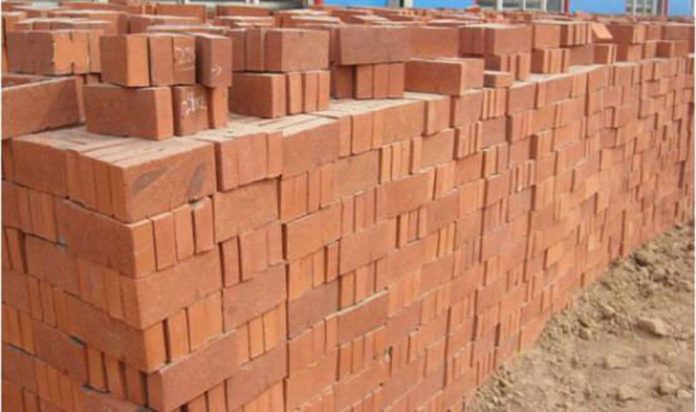Researchers from the Indian Institute of Science (IISc) have developed a technology to produce energy-efficient walling materials using construction and demolition waste (CDW) and alkali-activated binders.
These low-carbon (low-C) bricks, as the team calls it, do not require high-temperature firing, and avoid the use of high-energy materials such as Portland cement. The technology, researchers believe, will also solve the disposal problems associated with construction and demolition waste mitigation. The project was funded by the Department of Science and Technology (DST).
Prof BV Venkatarama Reddy, who led the team, said that a start-up which will be functional within six-nine months to manufacture low-C bricks and blocks with IISc’s technical help.
“The start-up unit will act as a technology dissemination unit through training, capacity building, and providing technical know-how for establishing such commercial units across India,” Reddy who recently retired from IISc, added.
The major beneficiary of this development will be the construction industry in general and the building sector in particular. This technology will also mitigate the disposal problems associated with the CDW.
DST pointed out that conventionally, building envelopes consist of masonry walls built with burnt clay bricks, concrete blocks, hollow clay blocks, fly ash bricks, lightweight blocks, and so on, which spend energy during their production, incurring carbon emission (i.e., possess embodied carbon) and consuming mined raw material resources which lead to unsustainable constructions.
The masonry units are manufactured either through the process of firing or using high-energy/embodied carbon binders such as Portland cement. The DST added that the annual consumption of bricks and blocks in India is about 900 million tonnes.
“Besides, the construction industry generates vast amounts (70 – 100 million tonnes per annum) of CDW. In order to promote sustainable construction, two important issues need to be addressed while manufacturing masonry units: Conserving mined raw material resources and emission reduction. Moving towards this target, IISc scientists developed a technology for producing alkali-activated bricks/blocks by utilising fly ash and furnace slag,” the DST said.
After ascertaining the Physico-chemical and compaction characteristics of the CDW, the team obtained the optimum mix ratios of materials before the production process was evolved to produce low-C bricks.
“Based on the optimum binder proportions, the compressed bricks were manufactured. The bricks were examined for engineering characteristics,” the DST said.

